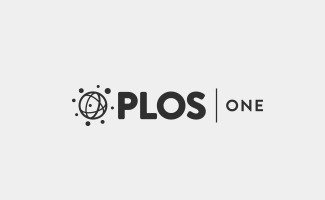
“The aim of the study was to describe use of oral or sublingual cannabis oil (CO) by adolescent and young adult patients with inflammatory bowel disease (IBD).
METHODS:
A descriptive study of IBD patients 13 to 23 years of age seen between January 2015 through December 2017 at Children’s Hospital Colorado. Information obtained included chart abstraction, electronic and interview self-report, and serum cannabinoid levels. We compared CO users and cannabis non-users for clinical characteristics and perceptions of risk. Users of CO provided information on routes, patterns, motivations, and perceived benefits and problems with use.
RESULTS:
The 15 users and 67 non-users were similar for clinical characteristics and pain and appetite scores. 9 of 15 (60%) CO users had used in the past 30 days, an average of 22 ± 9 times; and 4 used daily. A variety of strengths and CBD:THC ratios were reported. Most common perceived effect of use was on sleep quality, nausea, and increase in appetite. Of the 15 users, 6 used only CO and no additional forms of cannabis. Of these 6 CO only users, 5 reported a medical reason for use, most commonly to relieve pain.
CONCLUSIONS:
Adolescent and young adults with IBD used oral CO and many used other cannabis products as well. Users perceived some medical benefit. Care teams should strive for open communication about use until further information on safety and efficacy becomes available.”




 “Complementary therapies for inflammatory bowel disease (IBD) have earned growing interest from patients and investigators alike, with a dynamic landscape of research in this area. In this article, we review results of the most recent studies evaluating the role of cannabis and turmeric for the treatment of IBD and other intestinal illnesses.
“Complementary therapies for inflammatory bowel disease (IBD) have earned growing interest from patients and investigators alike, with a dynamic landscape of research in this area. In this article, we review results of the most recent studies evaluating the role of cannabis and turmeric for the treatment of IBD and other intestinal illnesses.


